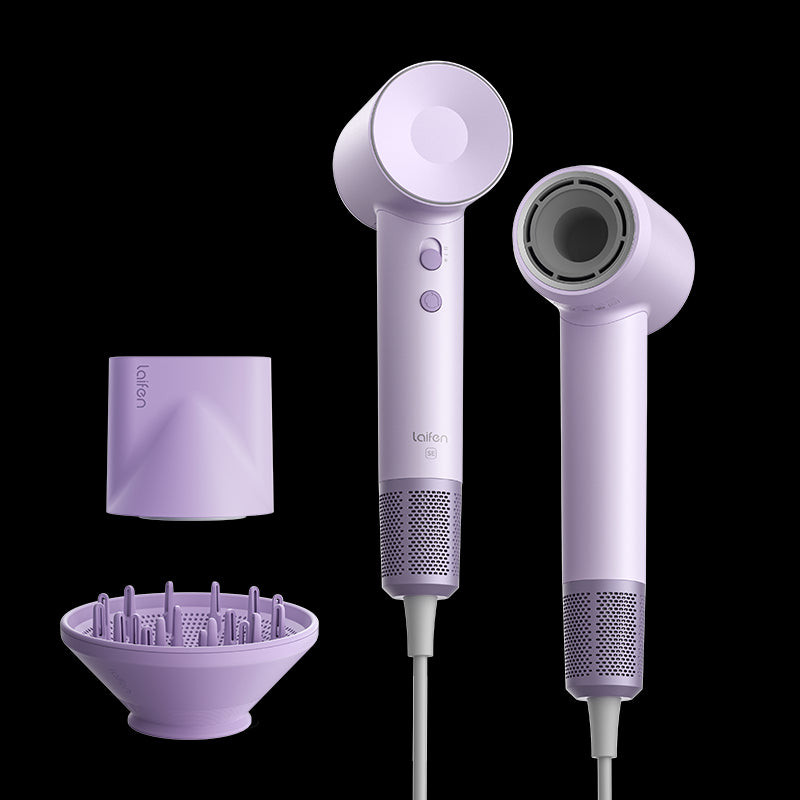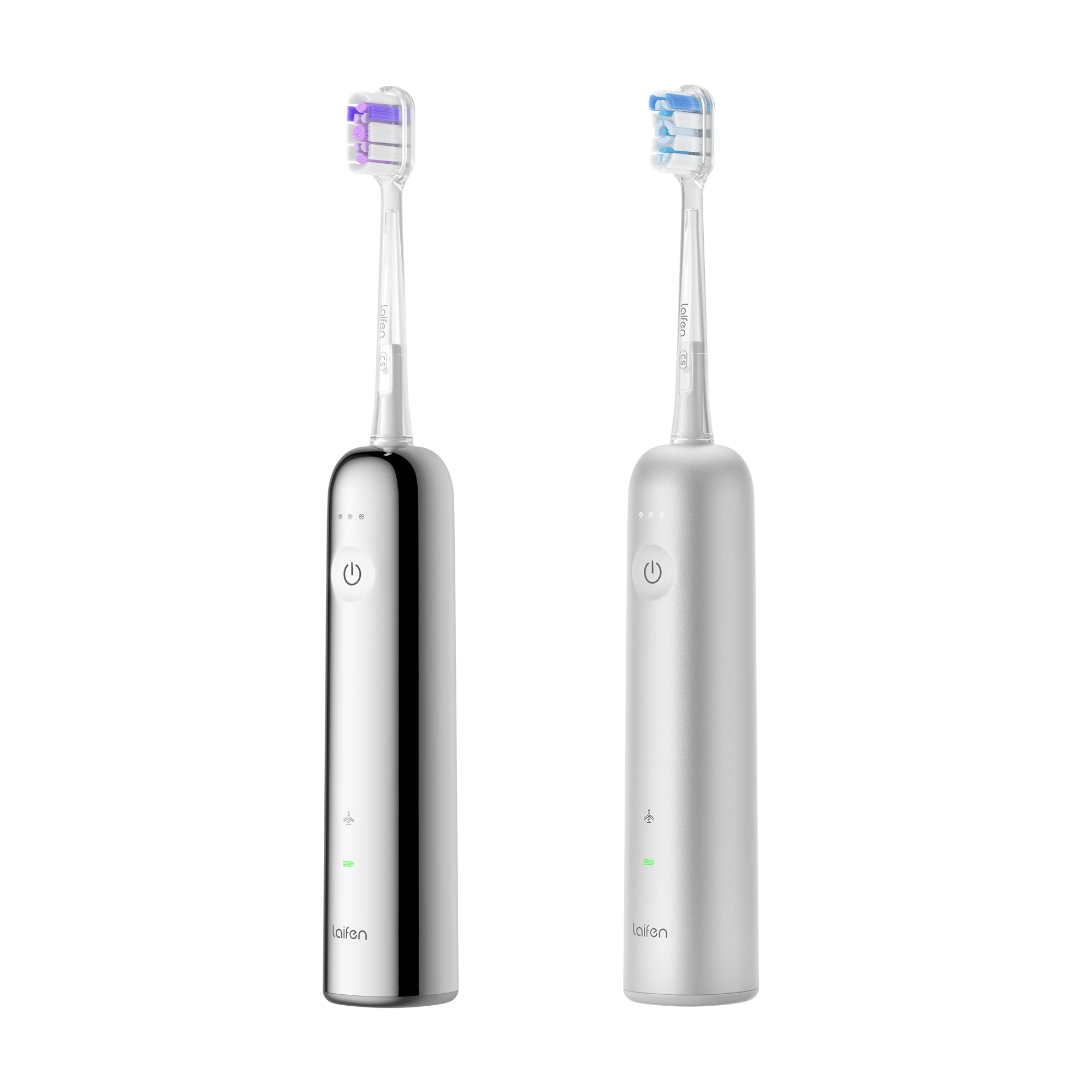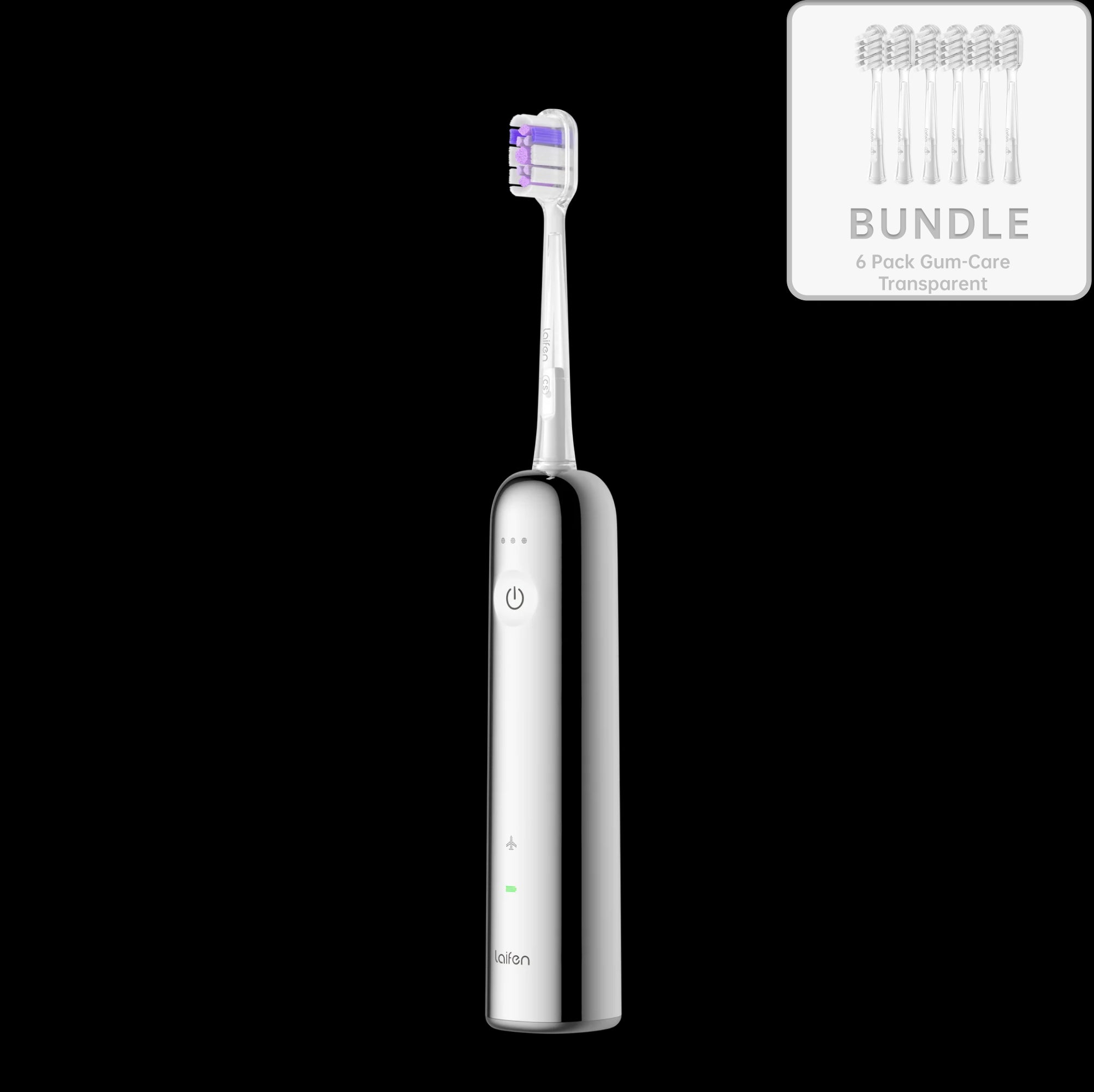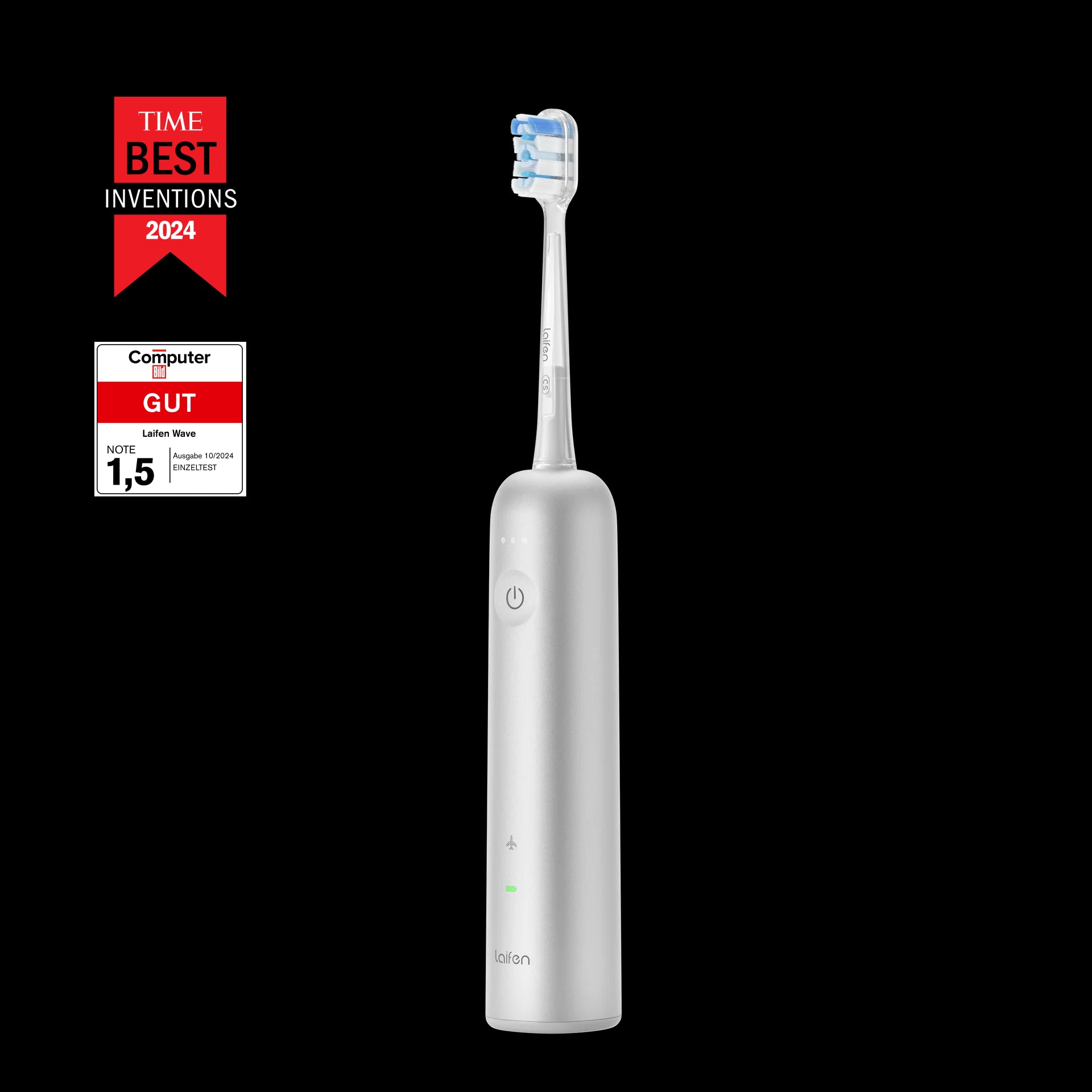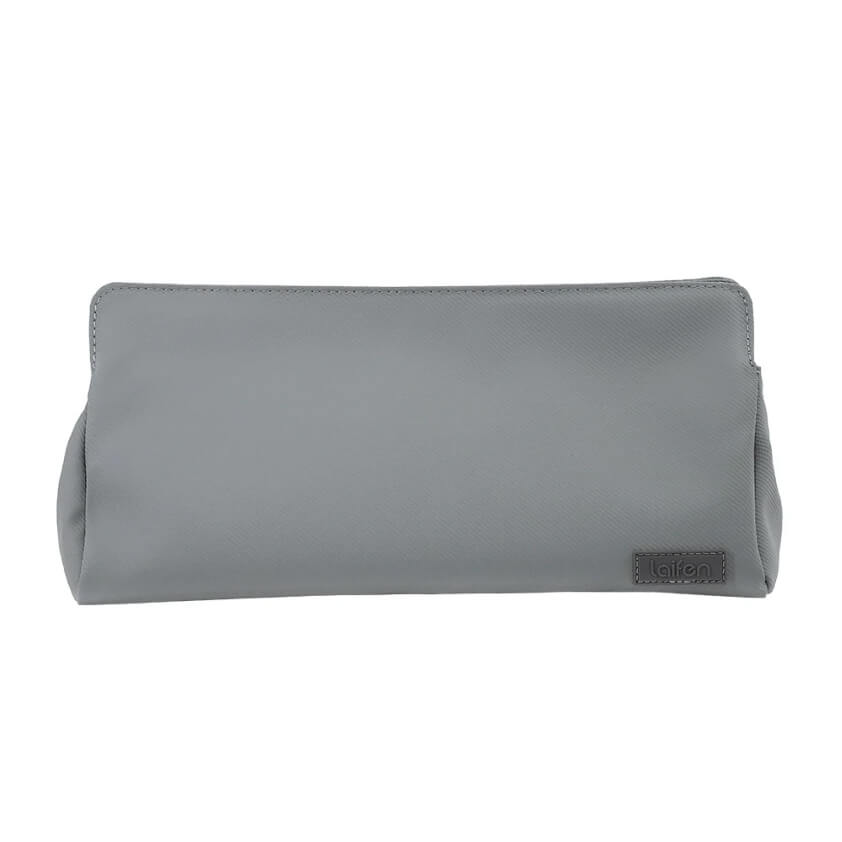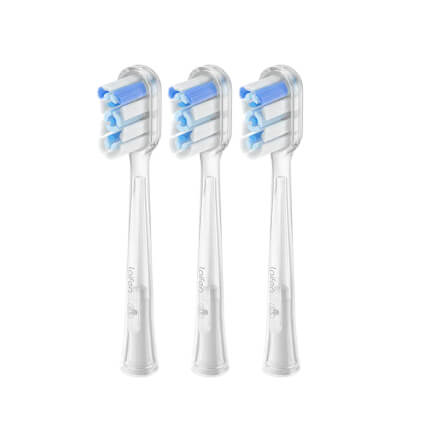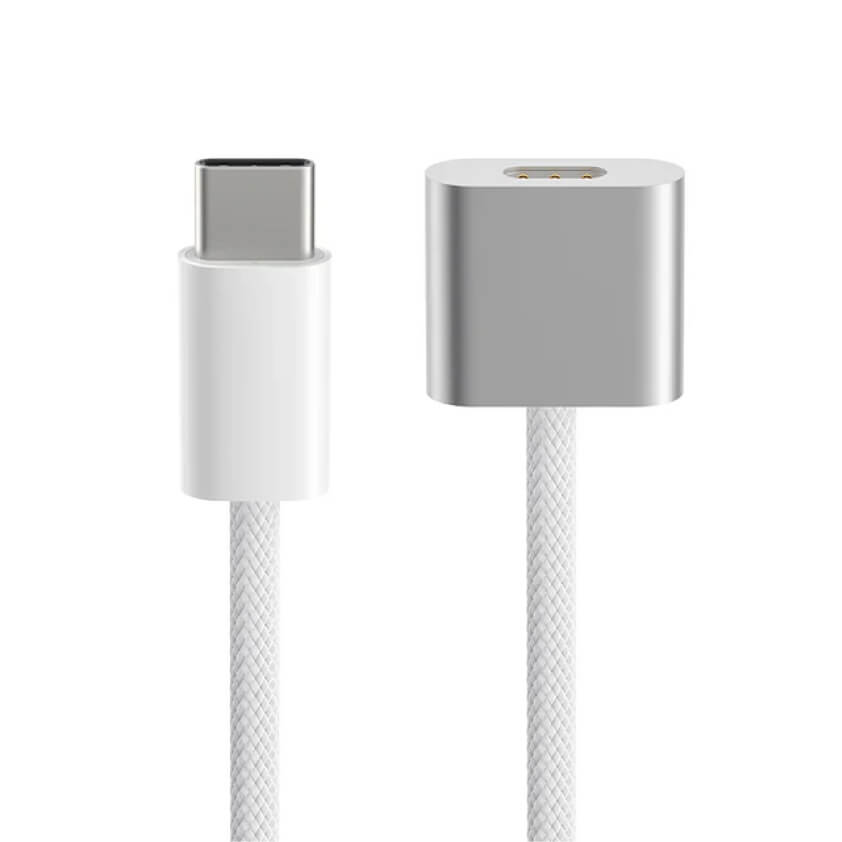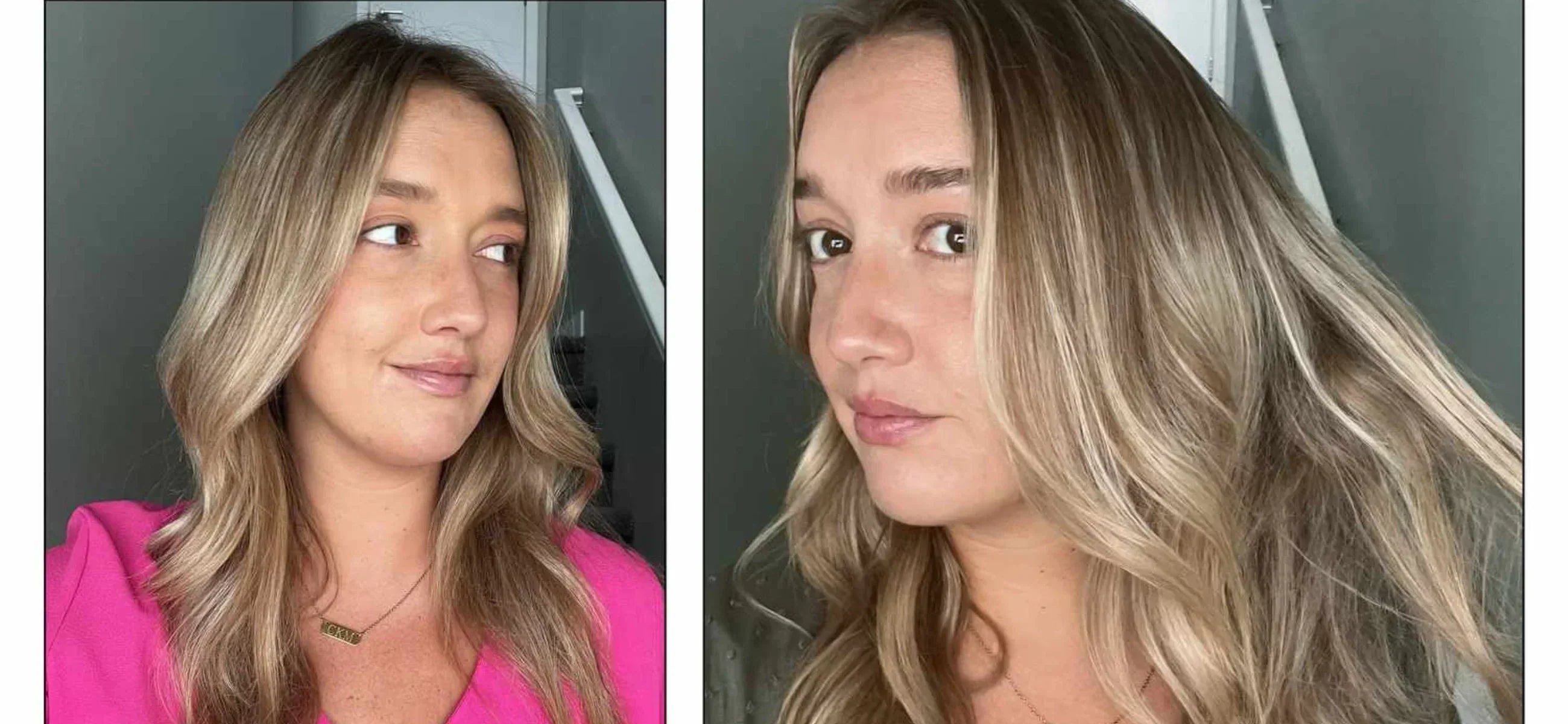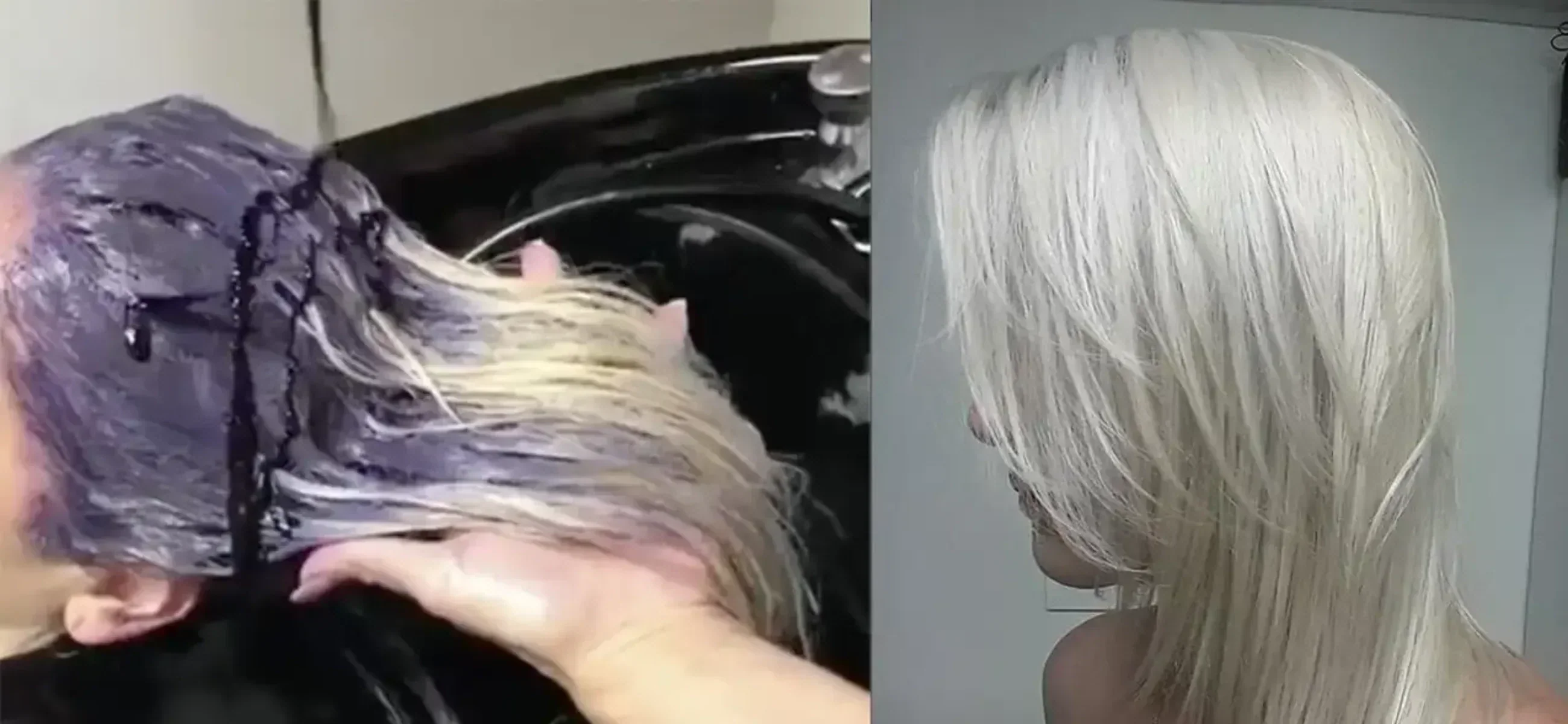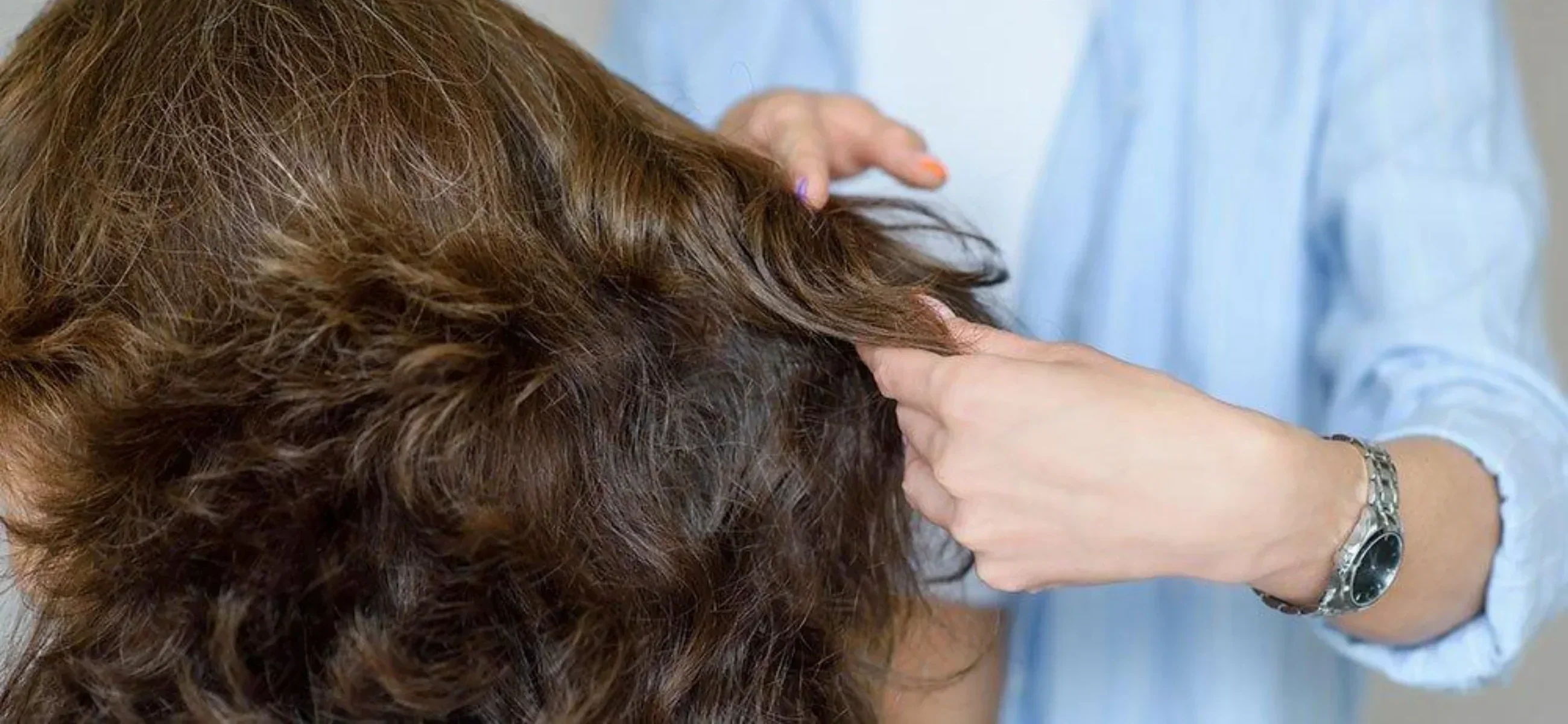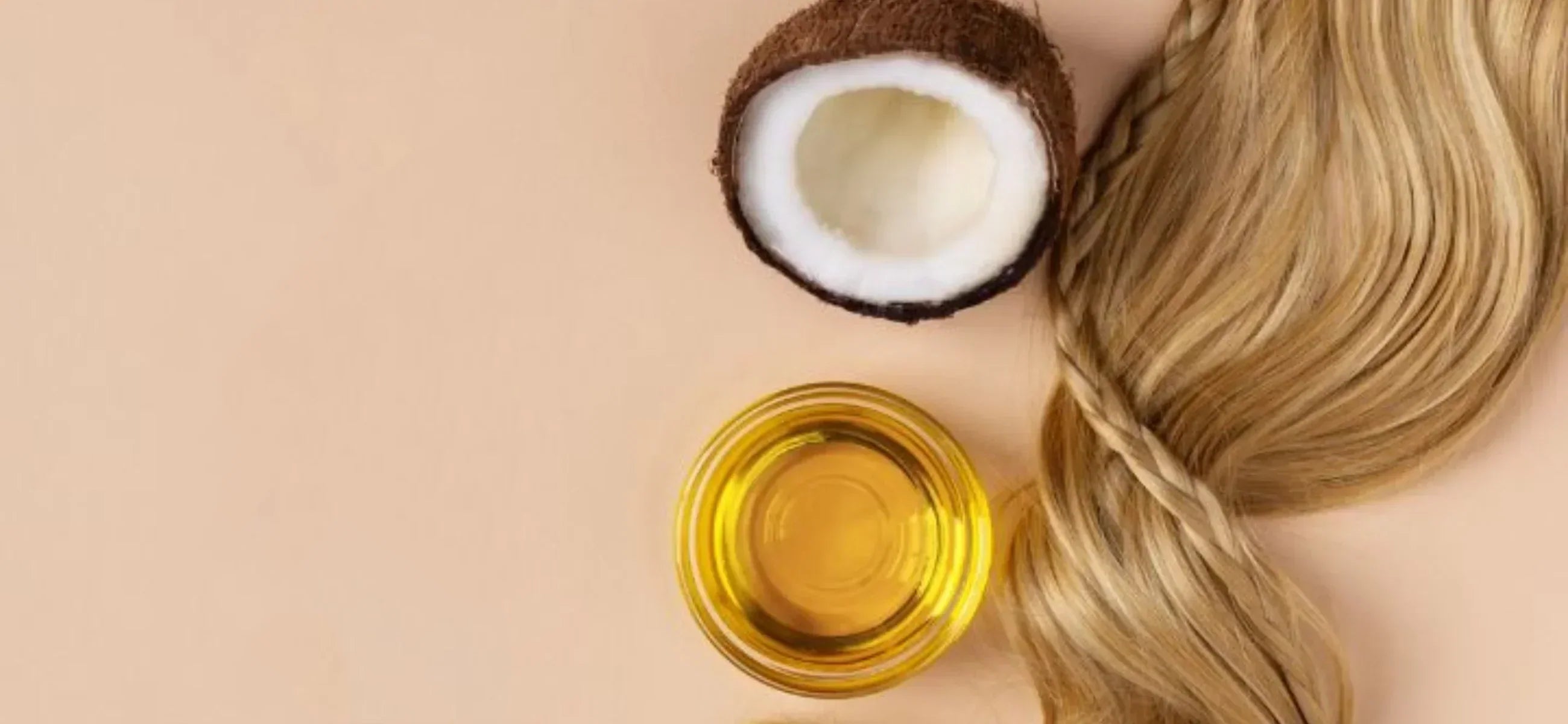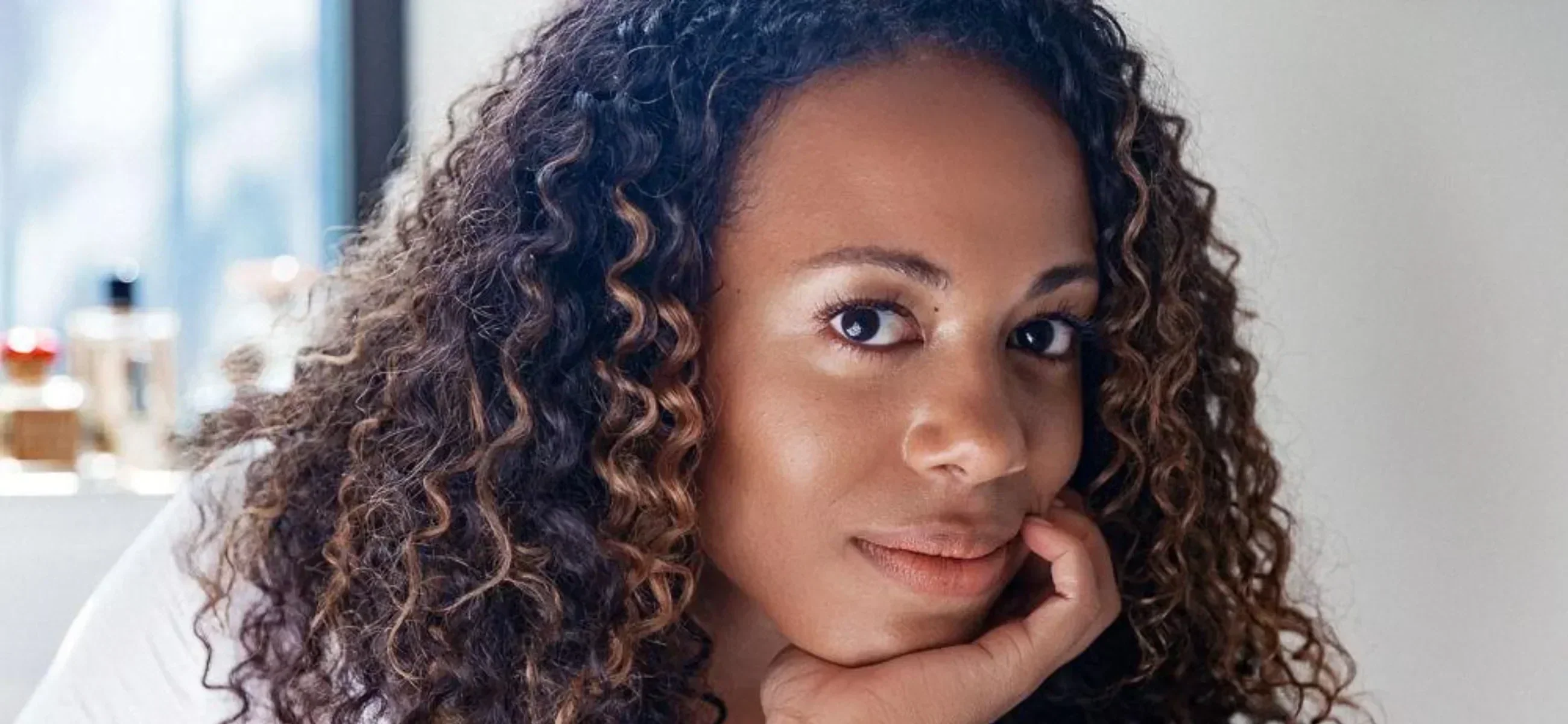
In this article
Like most folks, you’ve probably got a lineup of shampoos doing different jobs: one for moisture, another for volume, maybe even a clarifying one stashed away for those heavy product-build-up days.
But micellar shampoo is a low-key powerhouse you didn’t know you needed. It comes in all kinds of formulas, from drugstore staples to lux salon blends, so you’ve got options.
And if keeping up with smart haircare swaps like this is your thing, go ahead and hit that Laifen blog subscription, so you’ll never miss out on what actually matters for your hair.
What is a micellar shampoo?
Micellar shampoo is basically the overachiever of hair cleansers, which is lightweight but powerful, fancy-sounding but actually super practical. It works like micellar water for your face, using tiny micelle molecules to trap dirt and oil without roughing up your scalp or stripping your hair dry. It’s the kind of shampoo you reach for when your hair needs a reset but not a full-on detox.
Why are micellar shampoos recommended for protective styles?
First off, they clean without the drama. If you’ve ever tried scrubbing braids or twists with a regular shampoo, you know the struggle. Foam getting trapped between parts, buildup clinging to your roots, and worst of all, that stiff, dry feeling afterward. Micellar shampoo lifts sweat, oil, and product without over-wetting your hair or leaving behind a soapy mess.
Second, it keeps your scalp happy without wrecking your style. A tight install or fresh locs don’t need a moisture-stripping, full-lather situation that turns your neat parts into frizz central. Your scalp gets the refresh it craves while your style stays intact. Say you’ve got knotless braids, and your scalp is starting to feel itchy from all the edge control and oils you’ve been layering on. And trust, if you’re keeping a style in for weeks, keeping your scalp clean without wrecking the look is the real flex.
How to use micellar shampoo correctly?
Step 1. Micellar shampoo works best on slightly wet hair, not sopping wet strands. Think of it like prepping your face before using micellar water that needs just enough moisture to let the tiny cleansing molecules do their thing without getting diluted.
Step 2. Squeeze a little onto your fingertips or a bottle with an applicator tip and massage it in, focusing on your roots. If you’ve got braids, twists, or locs, this is the cheat code for keeping buildup away without over-washing the length of your hair.
Step 3. Give the micelles time to lift dirt, oil, and sweat before you wash it out. This step is key for getting that deep-clean feel without needing to scrub your scalp like you're washing dishes.
Step 4. Since micellar shampoo is lightweight, it rinses out fast. Let the water do the work instead of roughing up your hair with your hands. If you’ve got a protective style, tilt your head back and let the shampoo flow through without messing up your parts.
Step 5. Your scalp is clean, your hair is refreshed, and now lock in the moisture. Use a hydrating mist, a light leave-in, or a few drops of oil on your roots to keep everything balanced.
Can I use micellar shampoo every day?
Use it as often as your hair actually needs it, not just out of habit. The beauty of micellar shampoo is that it’s not sohard, but even the lightest cleanse can start to throw your scalp off balance if you overdo it.
Jasmine hit the gym daily and figured a quick micellar rinse post-workout was the perfect move. At first, her scalp felt fresh, her hair light. But by week two, her curls were looking a little too fluffy, her roots drier than usual. Turns out, even though micellar shampoo doesn’t strip the way traditional ones do, it still removes natural oils.
What's the difference between micellar shampoo and clarifying shampoo?
|
Feature |
Micellar shampoo |
Clarifying shampoo |
|
Main purpose |
Gentle everyday cleanse |
Deep cleanse for product & oil buildup |
|
How it cleans |
Lifts dirt & oil with tiny micelles |
Strong surfactants strip away residue |
|
Who it's for |
Anyone needing frequent washes without drying out hair |
People using heavy stylers, dry shampoo, or lots of oils |
|
How often to use |
A few times a week, even daily if needed |
Once a week or less |
|
Hair feel after |
Fresh, light, but still hydrated |
Super clean, but needs conditioner ASAP |
|
Best fit |
Protective styles, curls, fine hair that gets greasy fast |
Oily scalps, heavy product users, pre-color treatments |
Disadvantages of micellar shampoo
1. If you’re the type to load up on edge control, styling creams, or dry shampoo, micellar shampoo might not cut it.
2. If your hair leans on the dense, coily, or ultra-thick side, micellar shampoo can feel like a nice sip of water when what you really need is a full meal. It cleans, but it won’t always give that weighty moisture that textured hair craves.
3. Some brands slap a fancy label on micellar shampoo and suddenly, it’s twice the price of regular shampoo.
4. Sure, it doesn’t strip, but it also doesn’t deeply nourish. If your hair tends to be dry, you’ll still need a solid conditioner or leave-in.
5. For some, this is a plus, but if you’re someone who needs that foamy, bubbly experience to feel like your hair is actually getting clean, micellar shampoo’s mild lather might feel a little...underwhelming.
6. Because it’s lightweight and doesn’t suds up much, you might find yourself using way more than you would with a traditional shampoo especially if you’ve got long or thick hair. More product = running through that bottle way faster.


